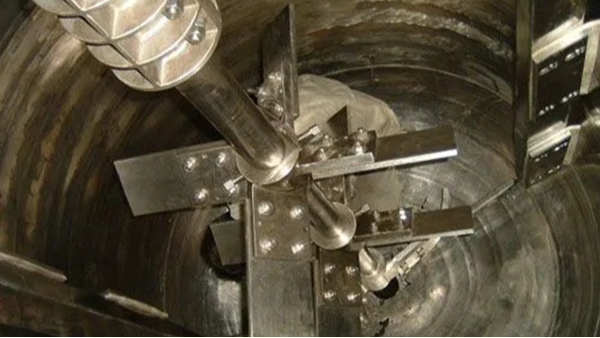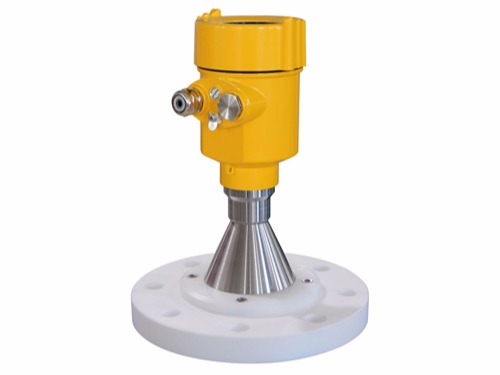Stirred reactors are indispensable equipment in the chemical, pharmaceutical, and food processing industries. The liquid level monitoring of the substances inside them is crucial to ensure product quality and production safety.
Traditional liquid level measurement methods such as float type and pressure type have many limitations in the application of stirred reactors, while radar level meters, with their non-contact measurement characteristics, have shown unique advantages in such occasions.

Stirred reactors are usually used for chemical reactions between liquids and liquids, liquids and solids, or liquids and gases. It has the following characteristics:
1. Complex structure: A stirrer is installed in the stirred reactor to promote the mixing and reaction of materials.
2. Variable medium: The medium in the reactor may change its physical properties (such as viscosity, density) and chemical properties due to the reaction process.
3. Harsh environment: The reaction process may be accompanied by high temperature, high pressure, corrosive media or foam.
4. Real-time monitoring needs: In order to control the reaction conditions, the liquid level needs to be accurately monitored in real time. The radar level meter measures the distance by emitting microwave signals and receiving their reflected waves.
When the microwave signal encounters the surface of the medium, it will be reflected, and the instrument calculates the liquid level height based on the time difference between the transmitted and received signals. Its advantages include:
1. Non-contact measurement, not affected by changes in medium characteristics.
2. High accuracy and repeatability, suitable for precision measurement needs.
3. High temperature and high pressure resistance, suitable for harsh working conditions.
4. Easy installation and maintenance, does not affect the reaction process in the reactor.

During the polymerization process of a chemical plant, it is necessary to monitor the liquid level of a stirred reactor containing a variety of solvents and catalysts. The reactor has a diameter of 3 meters and a height of 5 meters.
The internal temperature can reach 150°C, the pressure is from normal pressure to 1MPa, and it is accompanied by steam and foam. A radar level meter suitable for high temperature and high pressure environment is selected for installation.
During installation, considering the influence of the agitator, the instrument is installed in the center of the top of the reactor to avoid interference of the agitator and other internal parts to the microwave signal.
At the same time, the aiming tool is used to ensure that the radar beam is correctly aimed at the center of the bottom of the reactor to reduce measurement errors.
During the debugging stage, the technicians calibrated the radar level meter with empty and full reactors to ensure measurement accuracy. In actual operation, the radar level meter successfully realized the continuous monitoring of the liquid level in the stirred reactor, and maintained a stable and accurate output signal even in an environment where foam and steam are generated.

Through the above case analysis, it can be seen that radar level meter performs well in the liquid level measurement of stirred reactors, can adapt to complex working conditions, and provide reliable data support.
Although the initial investment of radar level meter is relatively high, its long-term stable performance and low maintenance cost make it a technical solution worth investing in complex applications such as stirred reactors.
